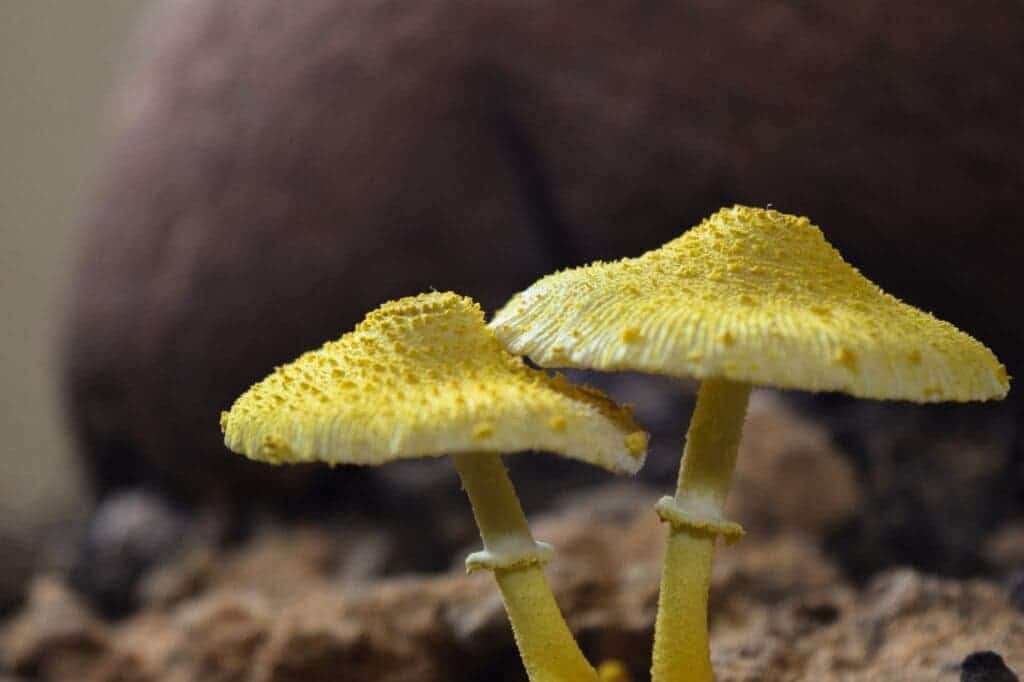We know plants communicate with each other, sending chemical signals under the soil. But what about fungi? They might appear to be silent and self-contained organisms, but they also have a lot to say. A new study is now suggesting that fungi can ‘talk’ to each other in a language similar to that of humans, recognizing 50 words.

Over the last decade, researchers have found evidence that plants can talk to each other in many unique forms. In 2018, for example, a study by Swedish researchers found plants in a crowded environment release chemicals into the soil that trigger their neighbors to grow more aggressively, likely to avoid being left in the shade.
Fungi are neither plant nor animal and belong to their own kingdom, which includes yeasts, molds, and mushrooms. There are about 144,000 known species of organisms in the kingdom Fungi. They are everywhere in large numbers – in the soil, the air, lakes, rivers, seas, on and within plants and animals, in food and clothing, and in the human body.
Previous studies have shown fungi conduct electrical impulses through filamentous structures called hyphae, similar to how nerve cells transmit information in humans, and that fungi could use this electrical language to share information. But whether this electrical activity has anything in common with human language has been a mystery.
Fungi and language
Andrew Adamatzky from the University of the West of England used his computing laboratory in Bristol to analyze the patterns of electrical spikes generated by four species of fungi – ghost (Omphalotus nidiformis), Enoki (Flammulina velutipes), split gill (Schizophyllum commune) and caterpillar (Cordyceps militaris).
The researcher prodded the fungi with electrodes and recorded changes in electrical activity. He found big trains of electrical spikes, which are comparable to those generated by neurons. Adamatzky then compared these spikes with those associated with human language and found similarities. The spikes correspond to patterns of activity that resemble vocabularies of around 50 words, he argued.
The fungi could be saying several things, Adamatzky said. They could be signaling their presence to each other just like wolves howl, or they could be signaling the presence of attractants or repellants.
The researcher found differences in terms of language complexity between species, with ghost and split gill fungi having a larger lexicon.
For Adamatzky, this is just a starting point to better understanding how fungi communicate with each other. New studies could examine the language differences between the species and even the potential for a fungal grammar system. Further fungi species will have to be examined to understand communication variation, he added.
“Probably the most important direction of future research would be to make a thorough and detailed classification of fungal words, derived from the train of spikes,” he told Newsweek. “Right now, we classified the word based solely on a number of spikes in the corresponding trains. This is indeed quite a primitive classification.”
Speaking with The Guardian, Dan Bebber, from the University of Exeter and a member of the British Mycological Society’s fungal biology research committee, not involved in the study, agreed. “The interpretation as language seems somewhat overenthusiastic, and would require far more research and testing of critical hypotheses,” he added.
The study was published in the journal Royal Society Open Science.









